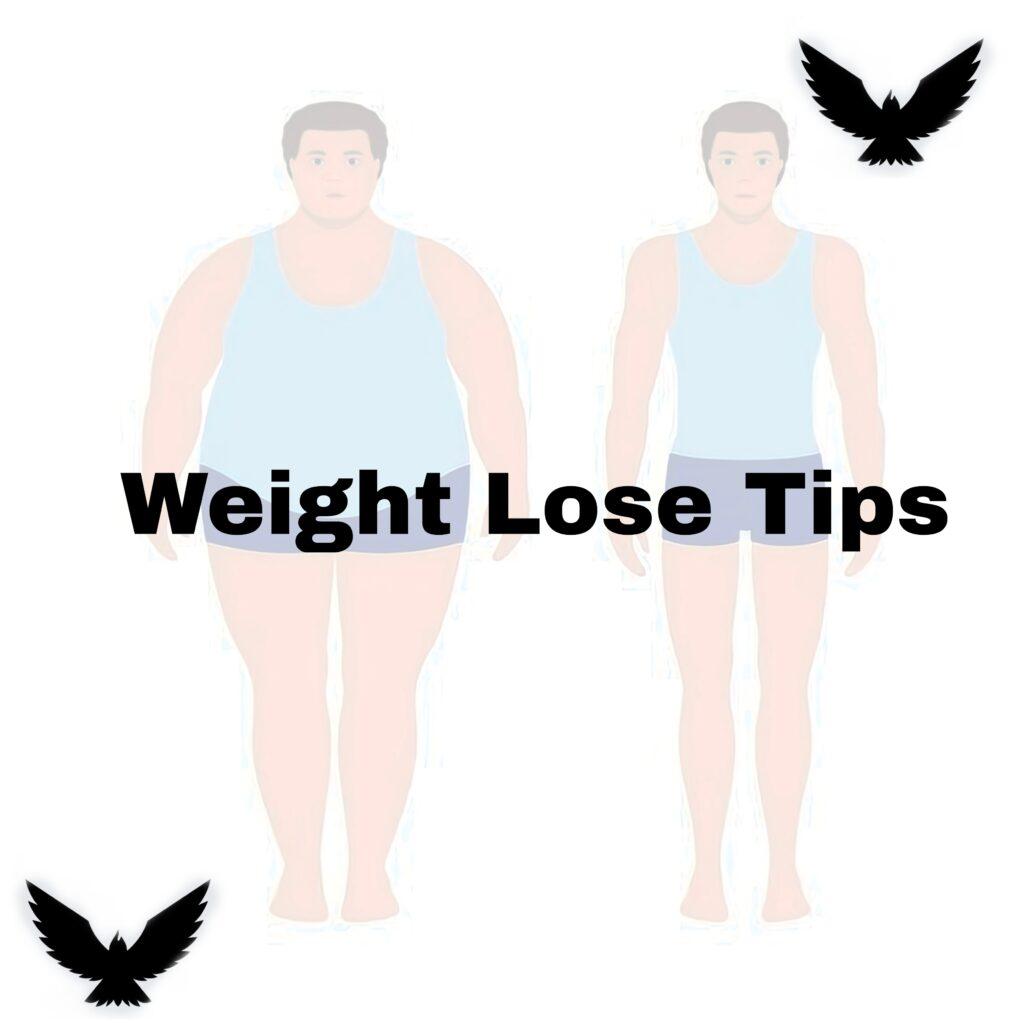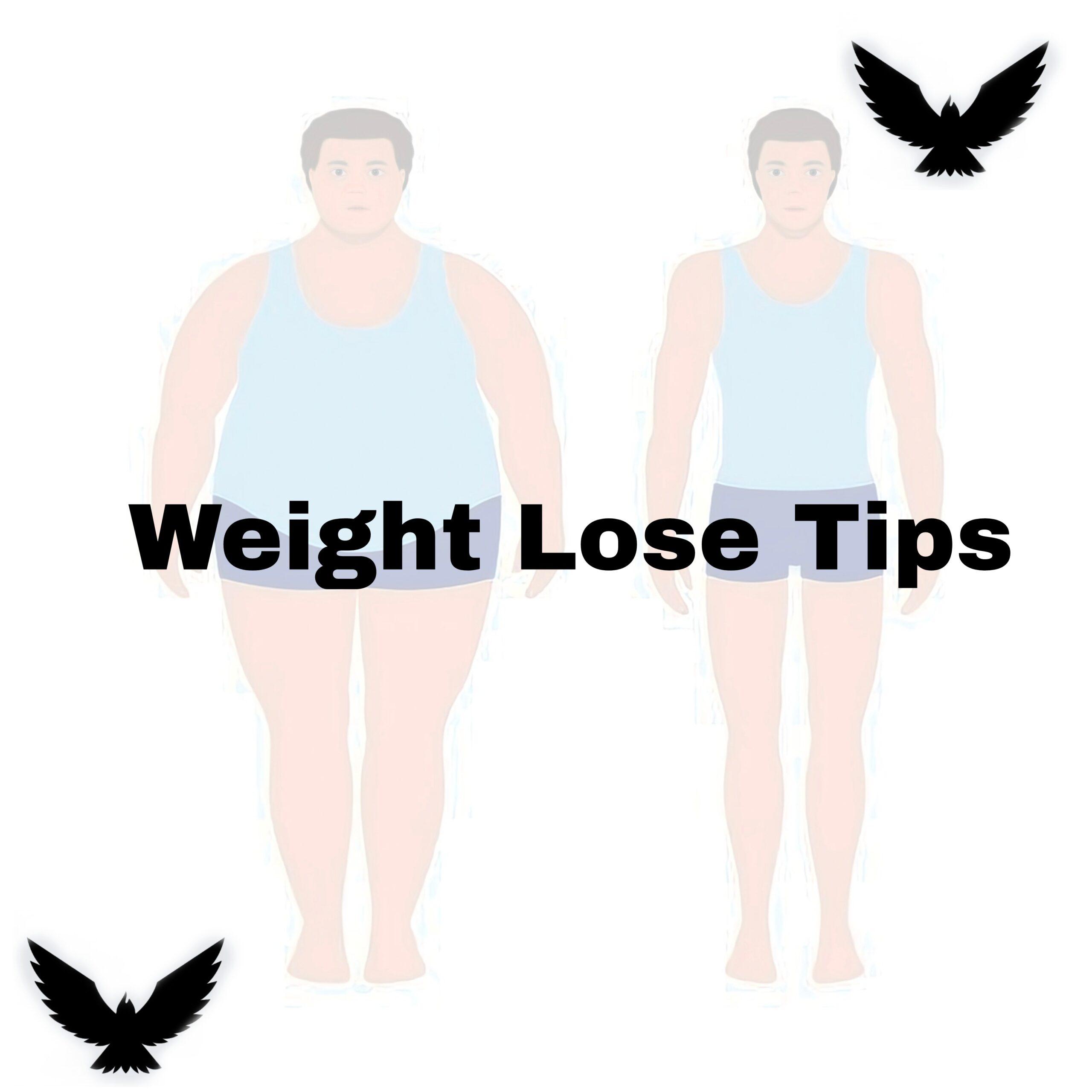Weight loss can be a difficult and daunting task, but it is doable with dedication and commitment. Losing 5 kg in a month may seem daunting, but it is a realistic and healthy goal if approached correctly. Here are some weight-loss tips that are both effective and safe.

Make a Calorie Deficiency
Creating a calorie deficit is the key to losing weight. This means you must expend more calories than you consume. One method is to reduce your calorie intake by eating healthier foods. Eat whole, unprocessed foods like fruits and vegetables, lean protein, and complex carbohydrates. As much as possible, avoid sugary and processed foods.
Weight loss can be a difficult and daunting task, but it is doable with dedication and commitment. Losing 5 kg in a month may seem daunting, but it is a realistic and healthy goal if approached correctly. Here are some weight-loss tips that are both effective and safe.
Make a Calorie Deficiency
Creating a calorie deficit is the key to losing weight. This means you must expend more calories than you consume. One method is to reduce your calorie intake by eating healthier foods. Eat whole, unprocessed foods like fruits and vegetables, lean protein, and complex carbohydrates. As much as possible, avoid sugary and processed foods.
Get Enough Rest:-
Getting enough sleep is also important for weight loss. Sleep deprivation can disrupt your metabolism and increase your appetite. Aim for seven to eight hours of sleep per night.
Exercise Mindful Eating
Mindful eating entails paying attention to what you eat and how you eat it. This can assist you in making better food choices and avoiding overeating. Take your time when eating, chew your food slowly, and savour each bite.
Losing 5 kg in a month may appear to be a difficult task, but it is doable with dedication and commitment. You can achieve your weight loss goals by creating a calorie deficit, increasing your physical activity, drinking plenty of water, getting enough sleep, and going to practice mindful eating. You will see results if you are patient and consistent.
A giraffe’s neck can be up to 6 feet (1.8 meters) long and weigh up to 600 pounds (272 kilograms).
Figure: According to a World Health Organization study, there were approximately 1.9 billion overweight adults worldwide in 2016. This figure corresponds to 39% of the world’s adult population.
The Great Barrier Reef in Australia is the world’s largest living structure, and it can be seen from space. It stretches for over 1,400 miles (2,300 kilometers) and is home to thousands of marine species.
Figure: According to a United Nations report, there will be over 70 million refugees, asylum seekers, and internally displaced people worldwide by 2020. This figure represents the most displaced people in history.



